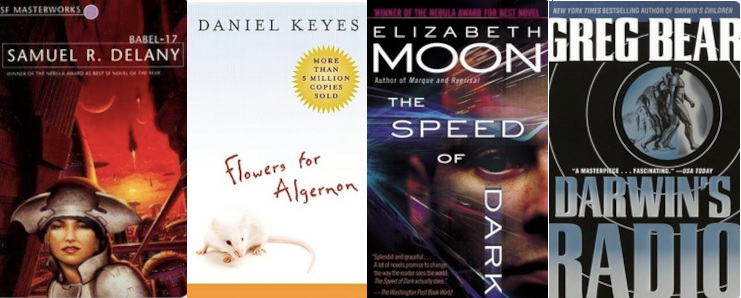Published: May 9, 2023 by Steve Baskauf
On 26 April 2023 the Executive Committee of Biodiversity Information Standards (TDWG) ratified two new controlled vocabularies to become a part of the Audiovisual Core standard. This marks the culmination of hundreds of hours of work on my part over many years.
In the early 2000’s, Bruce Kirchoff and I had extensive discussions on how living plants should be photographed so that their important features could be recorded. As a result, we developed “views” (standardized orientations for particular parts of the plants) that were important for capturing this information. In 2008, we published “Digital plant images as specimens: toward standards for photographing living plants.” (Vulpina 7:16-30) to share this work with the biodiversity informatics community.
Although these views were “standardizedized”, they weren’t officially part of any actual standard. In the 2010’s I became involved with TDWG in various capacities, but notably as the review manager for the new Audubon Core Multimedia Resources Metadata schema (now known as “Audiovisual Core” or “AC”). After that standard was adopted in 2013, a maintenance group was formed for it and I served as the convener. The stage was then set to develop an actual international standard for views by establishing controlled vocabularies for the two terms in AC that describe the viewing orientation relative to a particular part of an organism: ac:subjecPart and ac:subjectOrientation. In 2018, I wrote the charter and recruited members for a Views Controlled Vocabularies Task Group.
Over the next several years, the Task Group met regularly to collect use cases, establish requirements, write the vocabularies, and oversee implementation testing. I am particularly grateful to Task Group core members Jennifer C. Girón Duque of the Natural Science Research Laboratory, Museum of Texas Tech University and Matthew Nielsen of the University of Oulu in Finland who kept the momentum going in the later stages of the work. The details of our work is described in our published implementation experience report (https://doi.org/10.3897/biss.7.94188). The end product included:
- the two controlled vocabularies published at http://rs.tdwg.org/ac/doc/part/ and http://rs.tdwg.org/ac/doc/orient/.
- SKOS Collections indicating
subjectPartvalues appropriate for various organism groups andsubjectOrientationsappropriate for particular subject parts. - machine-readable JSON that links the term IRIs to their controlled value strings and to human-readable labels in English, Spanish, Portuguese, and German. This is significant since these two vocabularies are the first TDWG controlled vocabularies to be available in multilingual form at the time of their ratification – an important achievement for an international standards organization. Kudos to Jennifer who did the Spanish translation and recruited colleagues to translate into the other languages.
To learn more about these controlled vocabularies and how they can be used, see the subjectPart and subjectOrientation Controlled Vocabularies User Guide.
Insect image from Fig. 3.D. of https://doi.org/10.3897/BDJ.8.e55474


